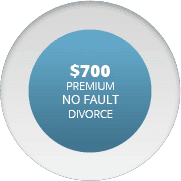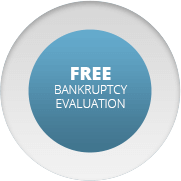Bankruptcy Tips for the Unemployed
Whether you loved your job or hated it, once you are unemployed you realize how much it meant to you, and how much you relied on it to support the things that are most important to you. Suddenly your checking account can no longer support your debts, and you have no sense for when or whether you’re going to have an income again. If you are not working and unable to pay your debts, bankruptcy may provide you with the lifeline you need. Here is what you need to know to navigate the process when you don’t have a job.
One of the first things that people who lose their jobs and income turn to when it’s time to pay their bills is their savings, and sometimes even their retirement funds. They find themselves with few options other than pulling money from their IRA or 401(k) in order to hold on to their homes or cars, to say nothing of to pay for their living expenses like food, medication, and utilities. Unfortunately, taking these steps can create a domino effect of financial woes, as taking early distributions of these funds can lead to penalties and tax liabilities. As tempting as it is, taking an early distribution from these accounts is a mistake that many people make because they believe that they will have to be sacrificed in the course of a bankruptcy anyway – and that is not true. Retirement accounts and qualified savings accounts are exempt from forfeiture in a bankruptcy.
Knowing this, your first step in considering bankruptcy should be figuring out whether you are eligible to file for bankruptcy or not. This is determined through a means test, which determines not only whether you qualify, but also which type of bankruptcy you qualify for. Where a Chapter 7 bankruptcy will allow you to discharge your debts, thus alleviating you of having to pay many of the bills you were previously struggling with, a Chapter 13 bankruptcy will reorganize your bills, giving you more time to pay them off and adjusting your payments to a lower amount.
One of the most important things for an unemployed person to understand about this process is that this means test considers your average income based on the last six months, so applying for bankruptcy right away or in the first few months after losing your job might work against you, especially if you were earning a high income. By the same token, unemployment benefits are included in your income calculation too. It’s also important to remember that without an income, you are required to file for Chapter 7 bankruptcy.
Facing unemployment is difficult enough without having to worry about the ins and outs of applying for or qualifying for bankruptcy. For help, contact our experienced attorneys.









